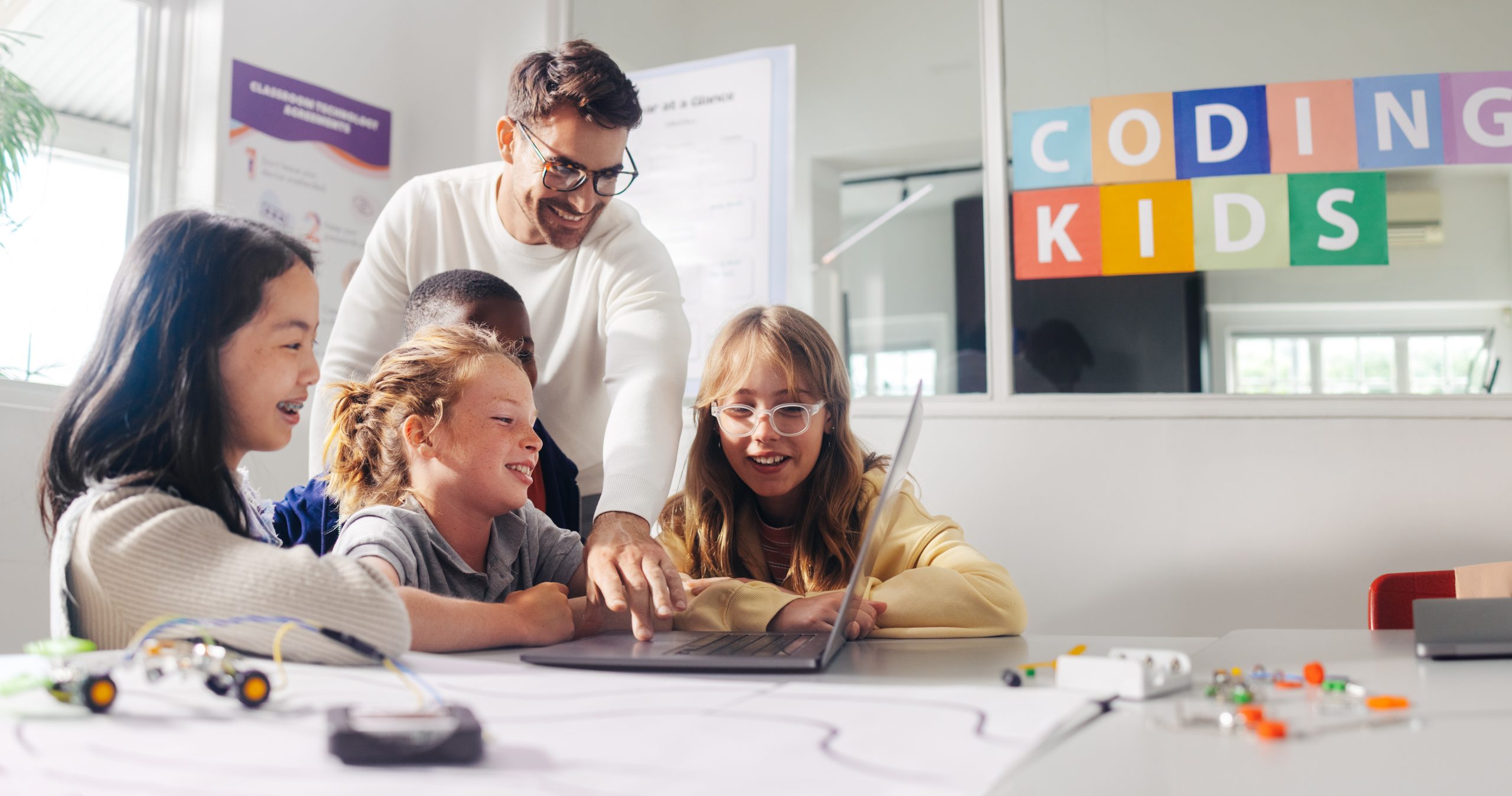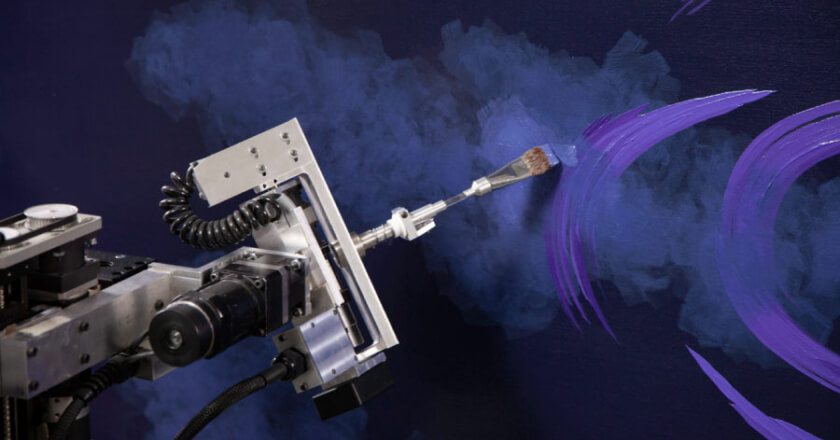Get Inspired
Build the life you love. Learn more about fusioneering:

Posted on September 12, 2023 in Fusioneering
In our rapidly evolving technological landscape, the significance of STEM education (Science, Technology, Engineering, and Mathematics) has never been more pronounced. As educators strive to equip students with the skills and knowledge necessary for success in the ever-evolving future, integrating STEM into the classroom is a must. STEM learning not only fosters a deeper understanding of critical subjects but also cultivates invaluable skills like problem-solving, creativity, and collaboration all while enhancing the fun of the learning experience. Tying science & tech to traditional classroom education isn’t always easy or straightforward, however, so today the Kirby Foundation is providing a few exciting ways to inspire and prepare students to become the architects of tomorrow’s innovations.
Remember, the goal of these examples is to provide hands-on experiences that integrate STEM disciplines, foster critical thinking, and connect learning to real-world applications. Adapt these activities based on the interests and abilities of your students to make the learning experience even more engaging and meaningful.
Related: What is the Practice of Fusioneering?
Provide students with materials like cardboard, popsicle sticks, strings, balls, small wheels, and tape. Ask them to design and build simple machines, like levers, pulleys, or inclined planes. Give a goal for the students to complete, such as moving a ball over a finish line. This hands-on activity not only introduces fundamental engineering concepts but also helps them understand basic physics principles.
Provide students with different types of paper and ask them to design and create paper airplanes. Encourage them to experiment with different designs and measure the distances their airplanes fly. This activity introduces basic engineering concepts and involves measuring and comparing distances, integrating math skills.
Introduce students to basic robotics using kits like LEGO Mindstorms. Guide students to build and program their robots to complete specific tasks. This engages the students in coding, problem-solving, and hands-on engineering challenges. The need to overcome coding or robotics design challenges can also create the perfect opportunity to introduce students to “first principles” problem solving.
Related: 4 Incredible Real-Life Robots to Give You Inspiration
Provide students with real-world data sets or have them collect their own, such as daily temperatures, sport scores, or data from around the school. Then, guide students to create graphs and data visualizations using software like Excel or online tools, or simply paper, pencils and a ruler. This project enhances data analysis skills and introduces data visualization software.
Task students with designing and constructing bridges using materials like popsicle sticks, glue, and tape. Test the strength of the bridges by gradually adding weights until they collapse. Test how broad a bridge they can make. Additional design requirements for the bridge (a required width, load level, length, etc.) can provide greater challenge and stimulation for students. This project involves principles of structural engineering and physics, and can be especially exciting for students if some form of bridge-building competition is involved, such as giving rewards to the best three bridges. Students often love this challenge, as high schoolers are generally given less opportunities to solve challenges through tactile creative exploration, like they did when they were younger.
Related: How You & Your Students Can Benefit from a Growth Mindset
Engage students in open discussions or formal debates about ethical dilemmas related to technology, such as data privacy, artificial intelligence, social media usage, or biotechnology. Have them research and present different perspectives on these issues, encouraging critical thinking and ethical awareness in the digital age.
Interactive field trips are one of the best ways to give kids and young adults firsthand STEM & STEAM experiences that stick with them long after school is over. If your school or educational organization is located near Loveland, Colorado, you have the opportunity to schedule a visit to modern inventor Paul Kirby’s art studio, where robotic painter Dulcinea uses AI tools to create incredible acrylic works on canvas.
At the heart of the innovative robot painting studio, the convergence of STEM and artistry becomes an inspiration accessible to everyone. Young learners witness the magic of algorithms transforming into art, providing an accessible introduction to engineering and automation. Middle school students explore the synergy between artistry and technology, sparking interest in robotics and programming through tangible experiences. High schoolers and adults alike delve into interdisciplinary possibilities, exploring the intricate connections between software, mechanics, and creative expression.
Curiosity, interdisciplinary thinking, and a lifelong appreciation for the intersection of technological innovation and creativity await all guests through Paul and Dulcinea’s doors.
Contact the Kirby Foundation today to schedule an interactive showing of the studio, work with Paul, or ask questions. For continuing inspiration and more looks into interdisciplinary thinking, follow the Kirby Foundation on Instagram, Facebook, and Pinterest. Happy learning!
Are you interested in hearing the complete story of Paul and Dulcinea? Watch the video (nominated for Best Short Film at the 2021 Vail and Portland Film Festivals) for more info.
Want to be the first to know about every exciting new project at the Kirby Foundation?
Join Our Mailing ListBuild the life you love. Learn more about fusioneering:
Why pick which passion you should follow? Fusioneering allows you to cultivate many interests into something innovative and revolutionary.

Meet Paul and explore how blending your interests can empower you to follow your enthusiasm and bring your passions to life.